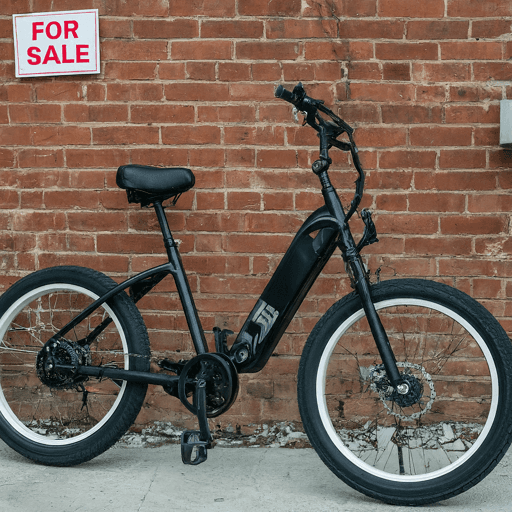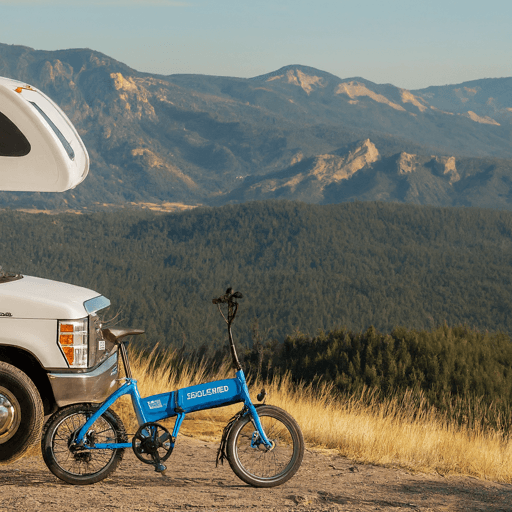
While online tools offer starting points to calculate the price of a used e-bike, calculating a precise resale value requires a hands-on approach. We've written about how to model the depreciation of an e-bike, but here's a step-by-step guide:
1. Gather Information:
- Brand, Model, and Year: This forms the foundation of your research.
- Original Purchase Price: Knowing the initial cost helps in depreciation calculations.
- Condition: Assess honestly, considering cosmetic wear, mechanical functionality, and battery health. Rate on a scale (Excellent, Good, Fair, Poor).
- Mileage: Odometer reading or approximate estimation.
- Upgrades and Accessories: List them with brand and quality (OEM, aftermarket).
2. Research Similar Models:
- Online Marketplaces: Search for comparable e-bikes on used bike platforms like eBay or Craigslist. Filter by brand, model, year, and condition.
- Retail Websites: Check current prices for new models of the same brand and model. Factor in depreciation for used models.
- Bicycle Valuation Tools: Utilize Bicycle Blue Book or similar resources to get estimated value ranges based on your input.
3. Apply Depreciation:
- Straight-Line Depreciation: Subtract a fixed percentage (e.g., 10-20%) per year from the original purchase price based on the bike's age. Adjust for higher depreciation for older models or poor condition.
- Comparative Depreciation: Compare your research findings and use the average selling price of similar models as a benchmark.
4. Adjust for Battery Health:
- Healthy Battery: Add 10-20% to the calculated value.
- Degraded Battery: Subtract 10-50% depending on severity. Consider replacement costs for potential buyers.
5. Factor in Upgrades and Accessories:
- High-Quality Upgrades: Add a reasonable percentage based on brand and market value (e.g., 5-15%).
- Basic Accessories: Include them in the description but avoid inflating the price significantly.
6. Final Touches:
- Market Adjustment: Research local e-bike demand and adjust the price slightly if necessary.
- Set a Realistic Range: Offer a slightly negotiable range around your calculated value.
Remember: This is a guide, not a formula. Use your judgment, consider overall bike condition, and be flexible to reach a fair price that attracts buyers.
Bonus Tip: Price competitively! Research the asking prices of similar e-bikes in your area to avoid pricing yourself out of the market.


